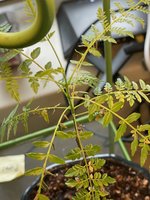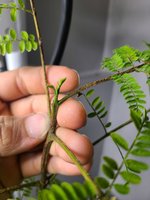I noticed some weird white & brown crystals/fuzz on some of the leaves of my jacaranda tree. The substance started out white, but then turned brown. It is very hard and I don't know if I can remove it without tearing off the leave it is on. I have no idea what this is and have tried to research it, but have gotten confusing results. To me this seems like a common problem in jacaranda tree as I have found a good number of posts with pictures of a similar brown substance on other jacaranda tree. However, all these posts seem to either not know what the substance is or reach very different conclusions on what it is. Some of them say that the jacaranda leaves can produce a sap if they are overwatered and that it is not that big of an issue. Some say this issue is aphids or scale bugs. Some even say that is a lethal jacaranda disease and my tree is basically done for. The tree seemed to be growing fine this spring as it lost all its leaves in the winter and all the current leaves are from this spring. However the leaves that have this brown substance seem to be dying and some of the other leaves look less healthy as well.
Once I first noticed the substance (on Monday) I sprayed the plant with neem oil and put some stuff in the soil that is supposed to help with bugs. Then the substance when from white to brown. (I was not sure if it was connected to the insecticide or just happened naturally.) I live in Washington with a hardness zone of 8a. It sits mostly under a plant light but I have recently been putting it outside in the mornings so it can get some natural sun.
I attached some images below. (They were kinda hard to take....). Any thoughts? Thanks!
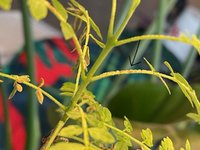
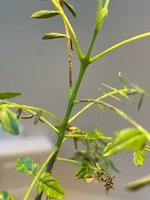
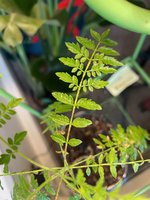
Once I first noticed the substance (on Monday) I sprayed the plant with neem oil and put some stuff in the soil that is supposed to help with bugs. Then the substance when from white to brown. (I was not sure if it was connected to the insecticide or just happened naturally.) I live in Washington with a hardness zone of 8a. It sits mostly under a plant light but I have recently been putting it outside in the mornings so it can get some natural sun.
I attached some images below. (They were kinda hard to take....). Any thoughts? Thanks!




